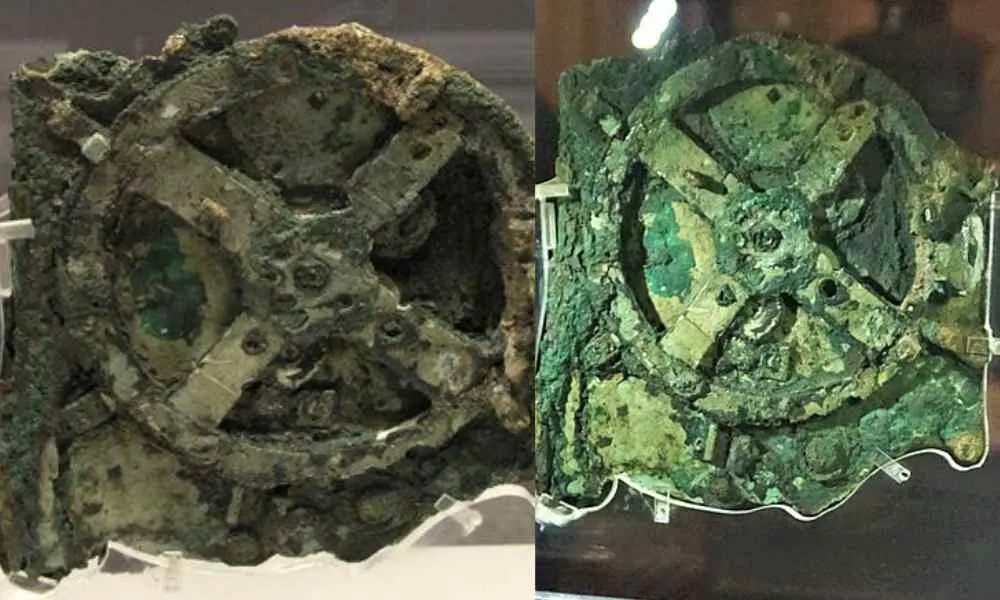Secrets Of The Antikythera Mechanism | The World’s Oldest Computer Of Ancient Greece!
Are you ready to dive into the captivating world of ancient Greece? Greek civilization has a strong legacy of remarkable achievements. The Antikythera mechanism is one of the most mind-blowing things ever to exist in Ancient Greece. The remains were found near the Greek island of Antikythera.
The mechanism is believed to be the oldest analog computer. The secrets of this device have fascinated scientists worldwide. Let’s explore and learn about this mind-boggling tool of ancient times!
Unlocking the Mystery:
Imagine this: a long, long time ago, before smartphones and laptops, the ancient Greeks had their own special device. It had lots of tiny gears and wheels and could do things like track the stars and predict eclipses! This ancient gadget was way ahead of its time and had a clever system that worked like magic to show the positions of the sun, moon, and planets.
Decoding the Mechanism:
Cracking the code of the Antikythera mechanism was no easy task. Smart researchers had to study its broken pieces carefully and even use cool 3D images and X-ray scans to understand how it worked. They also looked at old Greek writings to figure out what the words on the device meant. It was like putting together a giant puzzle to reveal the secrets hidden inside.

The Source: The Archaeologist
Significance and Legacy:
The Antikythera mechanism is more than just a cool ancient gadget. It shows us that the ancient Greeks were super smart and loved to explore the mysteries of the universe. This incredible invention tells us that they had a deep understanding of the stars and how things moved in the sky. It’s like a time capsule that reminds us of their amazing achievements!

The Source: u/prelude12342000
Conclusion:
The Antikythera mechanism is taking us all back in time. It’s a mind-blowing ancient computer that shows us just how smart those ancient Greeks were. The Antikythera mechanism is a true wonder that reminds us that the quest for knowledge has been alive for thousands of years.








